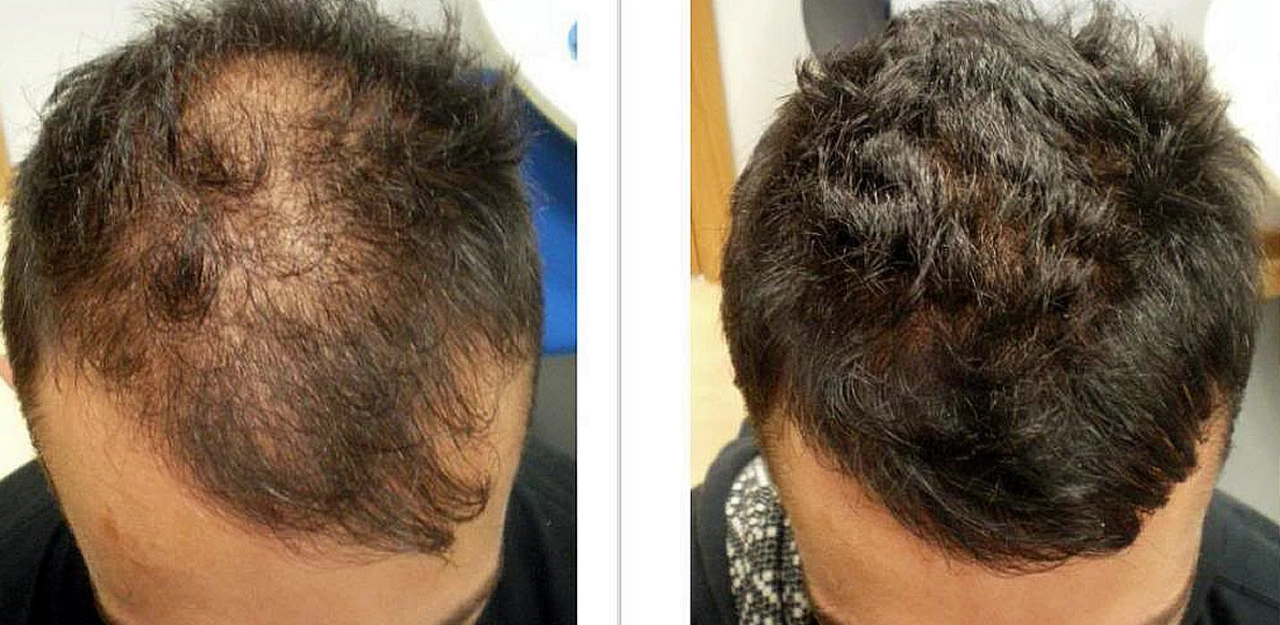Finasteride: What It Does and Who It's For
Finasteride is a prescription medicine used most often for two things: male pattern hair loss (androgenetic alopecia) and benign prostatic hyperplasia (BPH). It works by blocking the enzyme 5-alpha-reductase, which turns testosterone into DHT — the hormone that shrinks hair follicles and can enlarge the prostate. If you're thinking about finasteride, this page gives clear, practical info you can use when talking with your doctor.
How finasteride works and typical dosing
For hair loss the usual dose is 1 mg once daily. For BPH the dose is typically 5 mg once daily. You’ll need consistent daily use for months to see results: hair becomes thicker over 3–6 months, and prostate symptoms may improve within a few months. Stopping the drug usually reverses benefits over time, so it’s often a long-term treatment.
Finasteride is available as a brand name and generic. Generics cost less and contain the same active ingredient. Always follow a prescriber's instructions and use the exact dose prescribed.
Side effects, risks, and practical tips
Common side effects include decreased libido, erectile dysfunction, and reduced semen volume. Most people see these effects early, and many improve with continued use, but a small number may have lasting sexual effects after stopping. Mood changes and depression have been reported, so tell your doctor if you notice mood swings or suicidal thoughts.
Finasteride must not be handled by pregnant women or women who might become pregnant. The drug can cause birth defects in male fetuses. Women with hair loss should not use finasteride unless under strict medical advice.
Before starting, mention other medications you take, especially blood pressure drugs and hormonal treatments. Your doctor may check prostate-specific antigen (PSA) levels when treating BPH, because finasteride can lower PSA values and affect prostate cancer screening.
Practical tips: take it at the same time daily, swallow with water, and give it several months to work. If you get side effects, call your prescriber — they may adjust the dose, suggest a drug holiday, or switch to an alternative.
Alternatives to consider are topical minoxidil for hair, or dutasteride for hair and prostate issues (dutasteride blocks more 5-alpha-reductase types but may carry similar or stronger side effects). For BPH, alpha-blockers and surgery are other options. Discuss pros and cons with your clinician based on your goals and health profile.
Buying finasteride online is possible, but only from reputable, licensed pharmacies with a valid prescription. Watch out for sites that sell without prescriptions or offer suspiciously low prices. Your safest bet is a licensed pharmacy or a telehealth consultation that leads to a legitimate prescription.
If you want personalized advice, bring a short list of medical conditions and medications to your doctor. Clear goals (stop hair loss, regrow hair, or ease urinary symptoms) help guide the choice. Finasteride works for many people, but knowing the risks and alternatives helps you make a smarter decision.
Minoxidilfinasteride and Hair Styling: Tips for Looking Your Best During Treatment

As someone going through Minoxidilfinasteride treatment for hair loss, I know how important it is to maintain our self-confidence during this process. I've gathered some hair styling tips that can help us look our best during treatment. First, using a gentle shampoo and conditioner will help keep our hair healthy and manageable. Second, avoid heat-styling tools as much as possible, as they can cause further damage to our hair. Lastly, experimenting with different hairstyles, like updos or accessories, can help us feel more confident while our hair is growing back.
- May 14 2023
- Tony Newman
- 12 Comments
